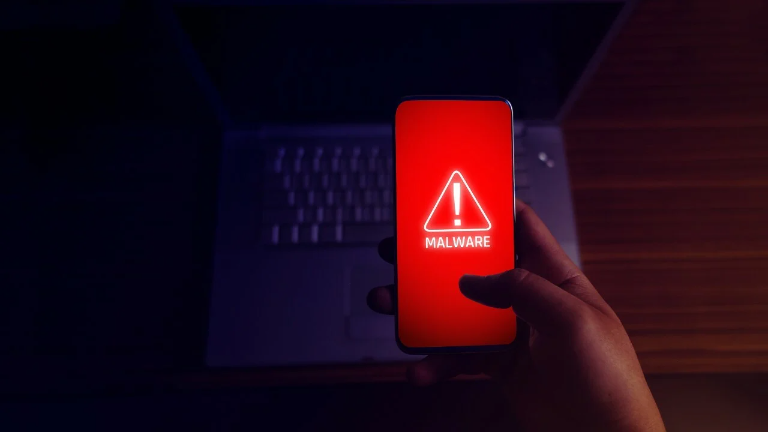
Your smartphone is like a mini computer that fits in your pocket, so—just like your laptop—it’s also vulnerable to malware, which can take the form of spyware, adware, or ransomware.
Unfortunately, it can sometimes be difficult to determine if your device has been infected. This is by design, since those behind the malware don’t want you to find their software and remove it, so it’s up to you to look out for signs of troubling activity.
Signs Your Phone May Be Infected
So how can you actually tell if your phone has been infected with malware? It’s not always obvious, but here are some things to watch out for:
1. Pop-Up Ads That Won’t Go Away
If you’re suddenly seeing a lot of ads in a specific app—or even when no apps are open—you may be infected with adware. These annoying pop-ups can generate money from ad clicks, try to infect you with worse malware, or link to scam offers.
Bitdefender recently found 60,000 Android apps on the Google Play Store were loaded with adware, so its a fairly common issue. Whatever you do, don’t click!
2. Unexplained Fees on Your Bill
Take a look at your phone bill or credit card statements and make sure you can account for every charge. If not, there is a chance you may be the victim of a scam that adds unwanted services to your phone and charges to your phone bill, also known as cramming.
Wireless carriers have been accused of previously looking the other way in some cases in order to pocket a percentage of the monthly rate, so the onus is on you to be diligent and catch any bogus charges.
3. Your Battery Drains Faster Than Expected
While batteries do degrade naturally over time, you shouldn’t see a sudden shift in battery life with normal wear and tear. Malware may be hijacking your phone’s components in order to perform background tasks, or even secretly playing videos, resulting in the battery needing a recharge faster than expected.
4. Your Phone Is Overheating
Under normal circumstances, your phone should never be hot to the touch, but certain malware can overwork the internal CPU or charging mechanism. For example, the Loapi malware is capable of overheating—and even melting—your phone. If your phone is overheating, we recommend unplugging it from any power sources and turning it off. Left unattended, a hot phone can cause fires and even explode.
5. Your Phone Is Slower Than Normal
Just like a computer, your smartphone contains a processor that is used to perform certain computational tasks. If your device has been hijacked, the malware may be overworking the components inside your phone and causing simple tasks to take longer than they should.
Over the years, we have seen prank videos, Indian characters, software vulnerabilities, wallpaper, and text strings crash phones, but if yours is suffering from a sudden slowdown, and even crashing, malware could be the reason.
6. Dropped Calls and Poor Connections
If your phone has been infected with malware, an outgoing connection to a foreign server can interfere with your phone’s ability to maintain a stable Wi-Fi or cellular connection, resulting in poor connection quality and frequent dropped calls.
If other devices on the same Wi-Fi connection are working properly, and those in your household are not experiencing dropped calls, malware may be the culprit on your phone. (Poor call quality and invasive sounds may also be a sign your phone has been tapped, which is a separate issue.)
7. An Unexpected App Appears
Sometimes an app you download can be loaded with malware that installs additional programs. Take a look at your app list and make sure you recognize and want everything on the phone. If you find something unexpected, do not open the app.
We hope these tips have been helpful in your business. Please let us know if you have any questions about your IT environment or how to secure it from outside cyber threats. We are here for you! Contact us at (732) 780-8615 or email at [email protected].
Jason Cohen, “How to Figure Out If Your Phone Has Malware”, pcmag.com, Aug 23rd 2023
